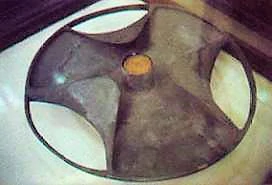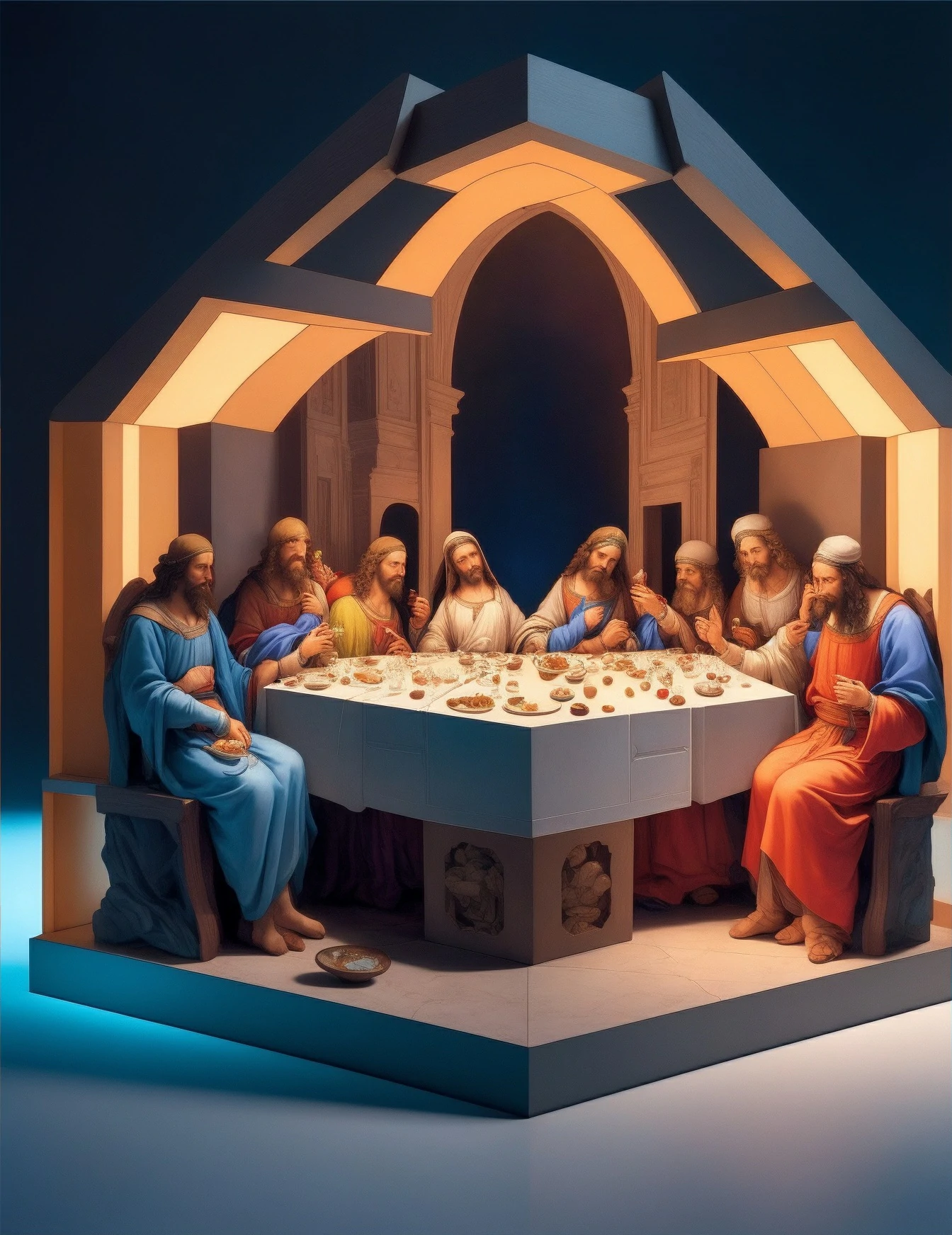Intro
The Sabu Disk or Schist Disk has a surprisingly modern design, but it was made by an Ancient Egyptian craftsman more than 5,000 years ago. No one knows what it was used for, or how such perfection was achieved with the techniques of the time.
The Schist Disc was discovered in 1936 inside the tomb of Sabu, in a mastaba north of Saqqara. Sabu was a high Egyptian official of the First Dynasty, about 3,000 BC.
He was not a pharaoh (although some historians say he was the son of one, Adjuib), and yet he treasured a unique object that has not been found anywhere else: the so-called Sabu Disk or Schist Disk. No expert has been able to discover what it is used for. But it is also unclear how it was built.
The Sabu Disc has a diameter of 61 centimeters, and a central circle of about 10 centimeters.
It is made of a slate type mineral.
The Sabu disk: Ancient Egyptian water pump or alien hyperdrive?
There is no doubt that the civilization of Ancient Egypt is full of wonders and mysteries beyond our comprehension. An exceptionally ancient culture dating back to the earliest dawn of man’s advancement, Egypt left behind many man-made wonders. From massive pyramids, giant statues and extensive mortuary temples, its monuments are many and glorious.
The tomb of Prince Sabu
Anyone visiting the extensive antiquities museum in Cairo will be amazed by the wealth of Ancient Egyptian treasures it contains. From the famous treasures found in Tutankhamun’s Tomb, to the well-preserved pharaonic statues and mummies, this museum is the number one stop for all lovers of this ancient culture. But while you will be dazzled by these popular treasures, one curious item can easily be overlooked. The Sabu disk.
This strange item is circular in shape and measures approximately 610 millimeters (24 inches) in diameter and approximately 104 millimeters (4 inches) in height. It was discovered in 1936 by a renowned British Egyptologist, Mr. Walter Bryan Emery, and has been dated to the earliest periods of Ancient Egypt.
Emery devoted his career to excavations in the Nile River Valley, and between 1935 and 1939 conducted numerous studies and excavations in the cemeteries of Saqqara; the resting place of many high-status individuals of the early dynastic period, is one of the largest and oldest necropolises in Ancient Egypt.
Of course, excavating at Saqqara produced many important and valuable items, but none as rare as the Sabu Disk. Emery discovered it while excavating the tomb of Prince Sabu, a First Dynasty ruler and son of the famous Pharaoh Anedjib. The latter was the fifth ruler of the First Dynasty and succeeded the powerful Pharaoh Den. Unfortunately, little is known of Anedjib’s son, Prince Sabu. He did not succeed his father on the throne, but still received an honorable burial at Saqqara. History does not record many details about dynastic relationships in the First Dynasty, so we may never know Sabu’s fate, his exact role at court, or the political events of the time. Emery writes that Sabu was probably a high official and administrator of a province, both during the reigns of Pharaoh Den (probably his grandfather) and his father Anedjib.
The Mastaba (tomb) of Prince Sabu was discovered on the very edge of the plateau in the northern part of Saqqara. It was located approximately 1.7 kilometers (1.1 miles) north of the iconic step pyramid of Djoser. Designated as «Tomb 3111,» it was excavated by Emery on January 10, 1936.
The tomb consisted of seven burial chambers, each of which was covered with various funerary objects. The largest chamber contained the body of Prince Sabu, which was accompanied by many funerary items. Most of these were nothing out of the ordinary: animal bones, flint tools, ceramic vessels, ivory items, stone bowls. But one item stood out like a sore thumb: Emery discovered a curious disk, broken into numerous pieces. Once carefully reassembled, the Sabu Disk intrigued many leading Egyptologists. The disk-shaped object resembles a round-bottomed bowl and has three extremely thin curved lobes at approximately 120-degree intervals around the periphery of the bowl. These lobes are separated from the rim by three biconvex holes. In the center of the disk is a thin tube, approximately 10 centimeters in diameter.




